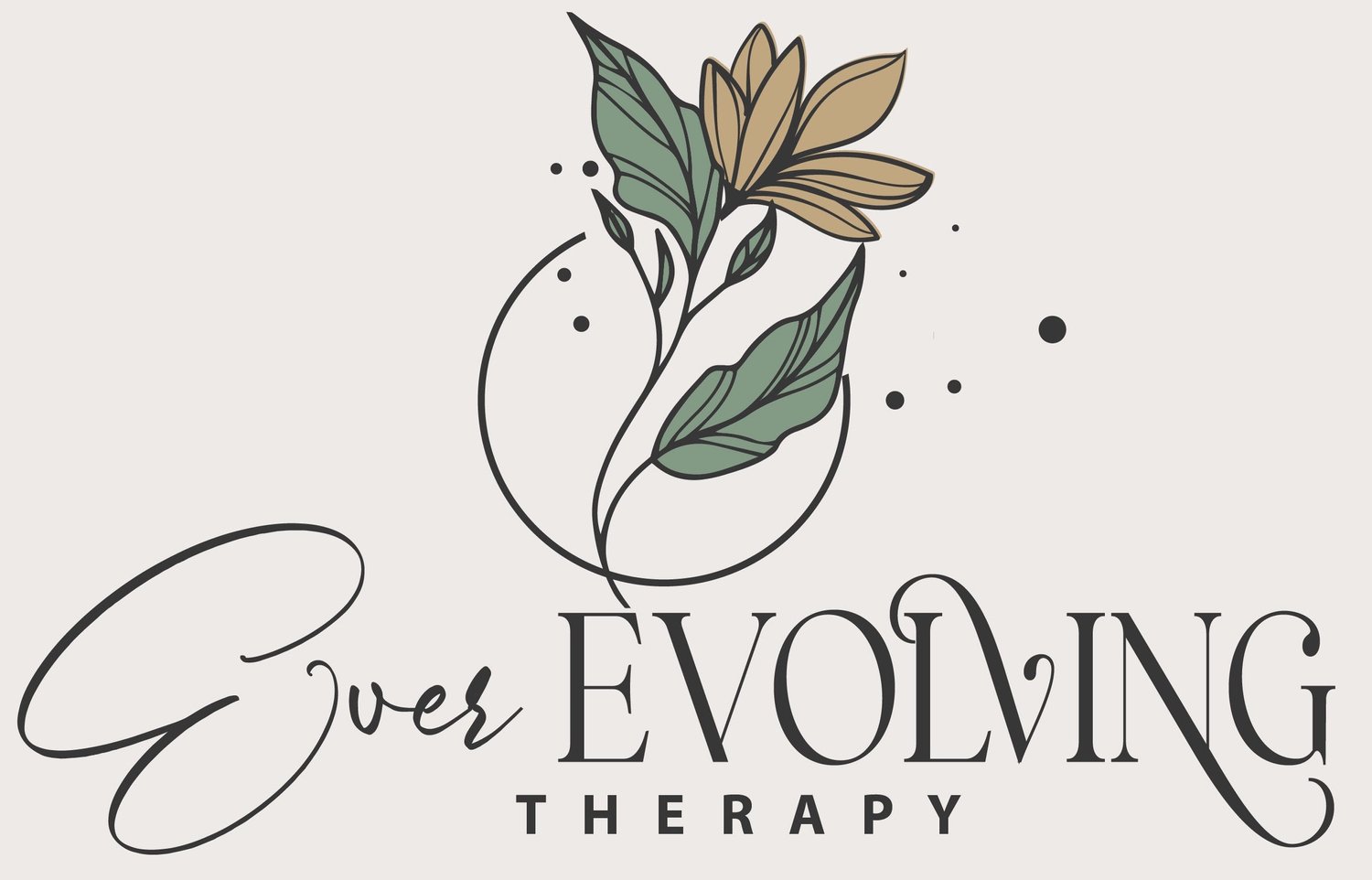Stepping into Spring: An Opportunity to Refresh
Happy April! For many of us, spring is a welcome seasonal change filled with longer days, more sunlight, and warmer weather that allows us to enjoy more outdoor activities. It can also be a chance for us to pause and check in with ourselves on how our year is going. Here are some strategies and resources for leaning into the new season and prioritizing your mental health:
Time to Declutter: We often hear about “spring cleaning” being an opportunity to declutter, organize, and freshen up our homes. Our physical living space can have an impact on our mood, energy, motivation, and more. Being in a clean, organized environment can help us feel calmer and more focused. We may even feel a sense of stress or discomfort if we are in a messy environment. Are there any rooms or areas of your home that you feel could use a little extra attention? The idea of “spring cleaning” isn’t only reserved for our homes. We can also apply this concept to our minds. This can be an opportunity for refreshing our routines, starting new habits, or setting some new intentions. Perhaps there is a class you’ve wanted to take, a group you’ve wanted to join, a place you’ve wanted to travel, or a skill you’d like to build. Whatever the case may be, this could be a great time to revisit your goals and step out of your comfort zone. If that feels overwhelming, try picking one thing and taking one step towards it to help it feel more approachable. For example, if you want to start cooking more, try cooking one simple meal with only a few ingredients and a short cook time. You can always build on things over time and if we set small achievable goals we are more likely to stick with it.
More Sun, Warmth, & Longer Days: All of these seasonal components can have an impact on our mental health, mood, and energy levels. If you tend to experience lower mood in the winter months, you are not alone. The American Psychiatric Association estimates that about 5% of adults in the US experience SAD (Seasonal Affective Disorder). SAD can include symptoms like low mood, feelings of hopelessness, irritability, low energy, and more. For many, the changing of the season can mean a boost in mood, increased energy, and increased interest in activities that we would normally enjoy. We may also feel more inclined to participate in social activities which can decrease feelings of isolation and loneliness. This could be a time to feel even more connected to your support system and community.
Mindfulness & Nature: More comfortable weather can allow us to step out into nature and enjoy our outdoor environments. Enjoying time in nature can help us feel more connected and grounded. We can even use this as an opportunity to practice mindfulness. While practicing more formal mindfulness strategies can also be helpful (see below resource list), you can practice mindfulness informally from anywhere. One strategy to try out is called the 5 Senses Technique. This can be a helpful tool especially if you are feeling anxious, distressed, or overwhelmed as it can help to relax our minds and regulate our nervous systems. In this technique, you will practice pausing and noticing…
5 things you can see
4 things you can hear
3 things you can feel
2 things you can smell
1 thing you can taste
After you complete the exercise, check in with yourself and see how you feel. You may find that you feel a bit calmer and more centered. You can also use this tool even if you are not feeling anxious or overwhelmed as it can help us to feel more connected to ourselves and our environments.
An additional note: If spring is not your jam, that’s also completely valid and okay! In fact, some of us may even feel more pressure with this seasonal change as there can be more of an expectation that we are out there enjoying and making the most of our days. We deserve permission to rest and relax too, so try to be gentle with yourself if you find that you’re feeling that sense of pressure or obligation. You’re allowed to stay home even if it’s nice out and there’s lots available to do.
It’s also important to note that while many experience winter-pattern SAD, some people also experience summer-pattern SAD. While it can be less common than winter-pattern SAD, summer-pattern SAD can be just as impactful and difficult to experience. According to the National Institute of Mental Health, summer-pattern SAD can even include some additional symptoms like anxiety, insomnia, and agitation.
Whatever the seasonal change means for you, you deserve to feel supported year round. If you find that you experience symptoms of SAD, it may be helpful to consider reaching out to a licensed mental health provider for support. Additionally, many of the ideas, tools, and resources in this post can be utilized regardless of the season. Please see below for some additional resources to support your mental health and wellbeing.
Additional Mindfulness Resources:
